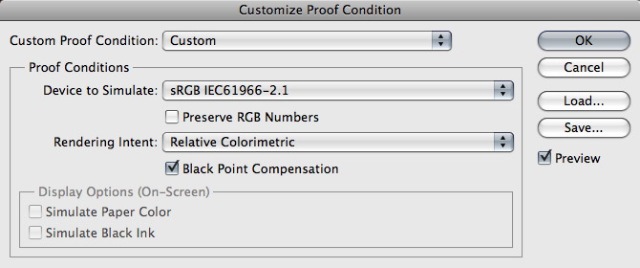
This is why it's so great that Lightroom Classic lets you have multiple Proof Copies (soft-proofed virtual copies) for an image: You can keep different proof copies optimized for each type of paper+ink profile you plan to print it on, and the paper-specific adjustments don't affect each other, and don't affect the master which can be kept device-independent. Again, it may not be a perfect simulation, but it’s good enough that when properly used, Soft Proof + Simulate Paper and Ink should reduce the number of test prints you make. If turning it on shows an alarming loss of detail in the shadows, as is often the case on matte papers, then I will adjust the Proof Copy to try and get back some of that shadow detail.
What is soft proofing lightroom 5 full#
interpreting the whitest part as neutral full brightness white when it technically isn't) …and other factors I'm not enough of a color scientist to understand.īut Simulate Paper and Ink is still a useful guide, at least for me. That's partly because our perception of the print is influenced by the brightness and color of the light we're viewing it under, partly because our eyes adapt to the print (e.g. Simulate Paper and Ink is a tricky setting to understand the display simulation often looks worse than the actual print even if you've set everything absolutely by the book. (Yes, I did post this before here but can't find that post to link to) Below is an animation showing how the soft proof with Simulate Paper and Ink changes depending on the paper being simulated. You see a "nicer" soft proof when you use paper/ink combinations that support a higher dynamic range (brighter white and deeper black), which usually means more expensive fine art papers. The degree to which it happens depends on the paper and ink combination. This pulling in of both the white point and black point to match the paper appears as a lack of "pop" because dynamic range has been reduced, to create a more accurate representation of the paper. Same with the black end, if the maximum black achievable by the paper is not true solid black (and it won't be), the simulation must lighten the shadows to more accurately represent the darkest tone the paper can actually reproduce. If the paper is not perfectly bright (and it won't be), the simulation must darken the maximum white. If the paper is not perfectly white, Simulate Paper and Ink must add a color cast to accurately represent that actual white point of the paper. It increases the accuracy of the simulation, because the paper does not have the same color or dynamic range as the display.
What is soft proofing lightroom 5 pro#
A modern e-Book with HD video tutorials by X-Rite Coloratti Pro Ashley Karyl covering Photoshop, Lightroom.

This usually results in less contrast, less "pop". Colour management made easy for photographers. When Simulate Paper and Ink is enabled, the simulation now accounts for the white point and black point of the paper and ink combination. When the image is in Soft Proof mode, all that does is preview the image in the color gamut of the selected profile. Click to expand.It's natural and expected that an image would "pop" less after enabling Simulate Paper and Ink.


 0 kommentar(er)
0 kommentar(er)
